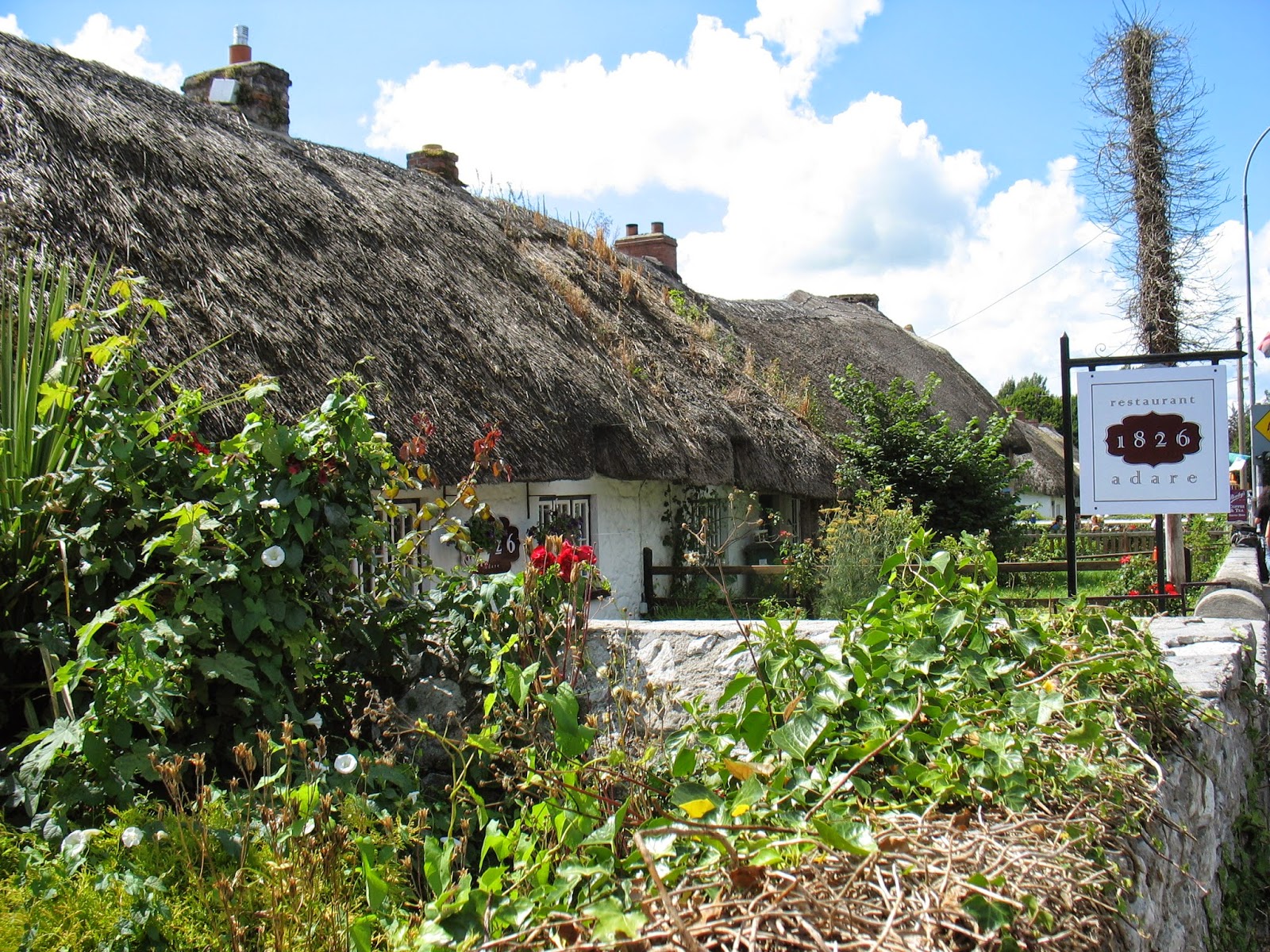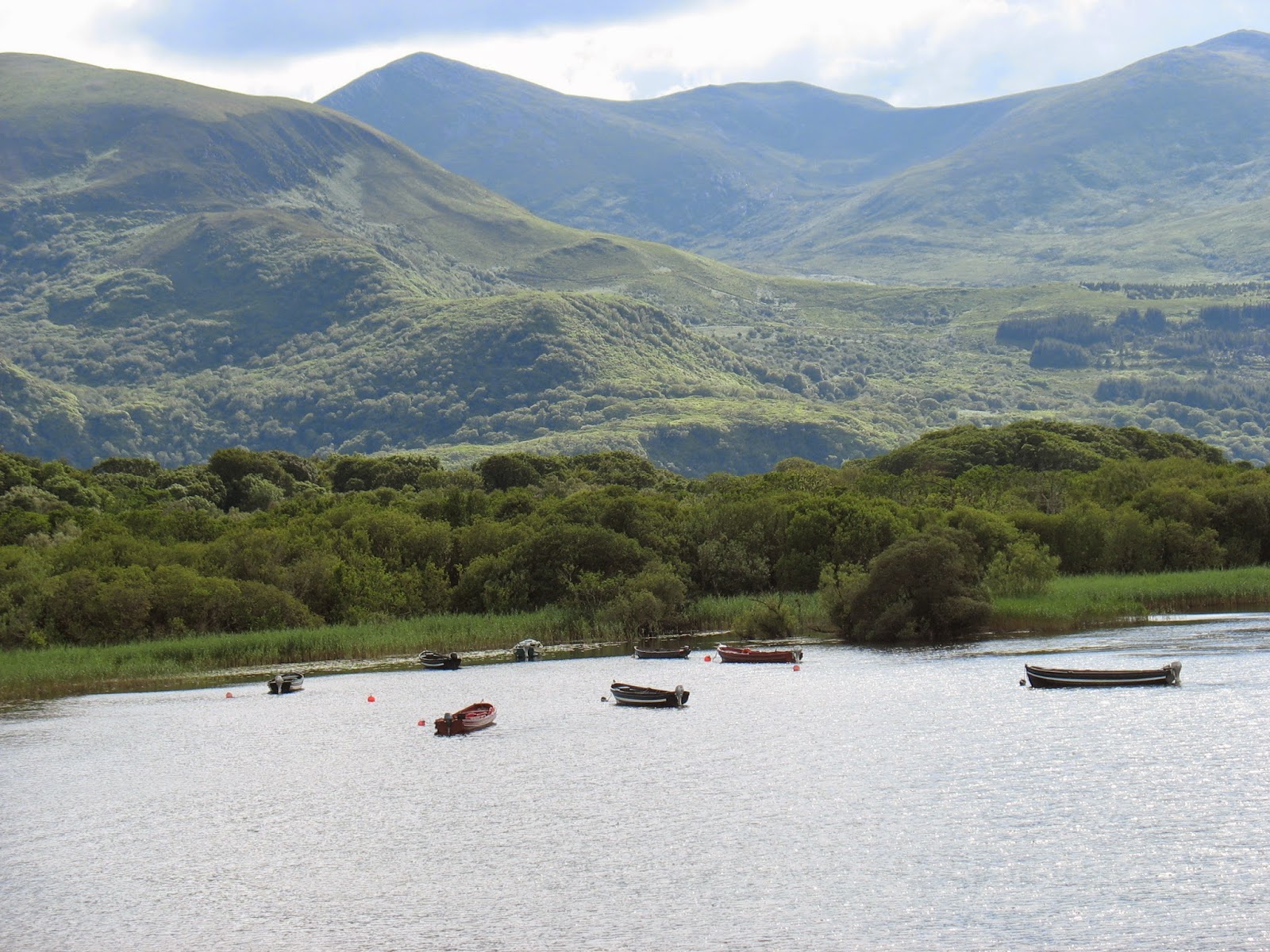In common with many ancient cities, Galway has its own origin myth. According to this mythic version, Galway is named after Gaillimh (Galvia), the daughter of a local chieftain, Breasail, who drowned in the River Corrib. The surrounding area became known as Áit Gaillimhe (Galway's Place).
The city also bears the nickname ‘The City of the Tribes’ because ‘fourteen tribes’ of merchant families led the city in its Hiberno-Norman period. The term tribes was often a derogatory one in Cromwellian times. The merchants would have seen themselves as Irish gentry and loyal to the King. They later adopted the term as a badge of honor and pride in defiance of the town's Cromwellian occupier.

















































